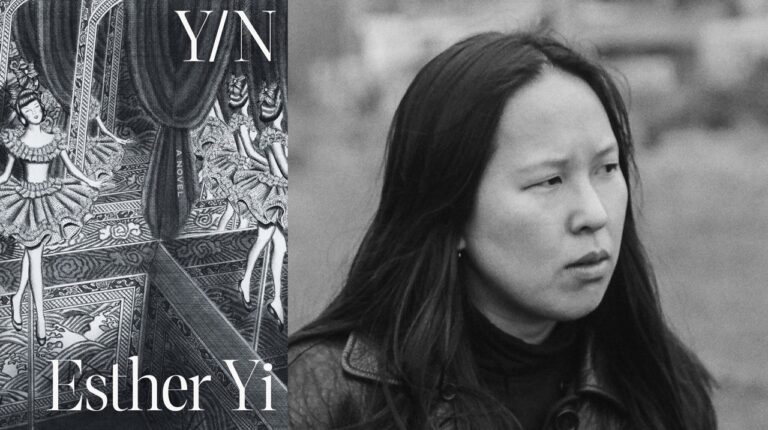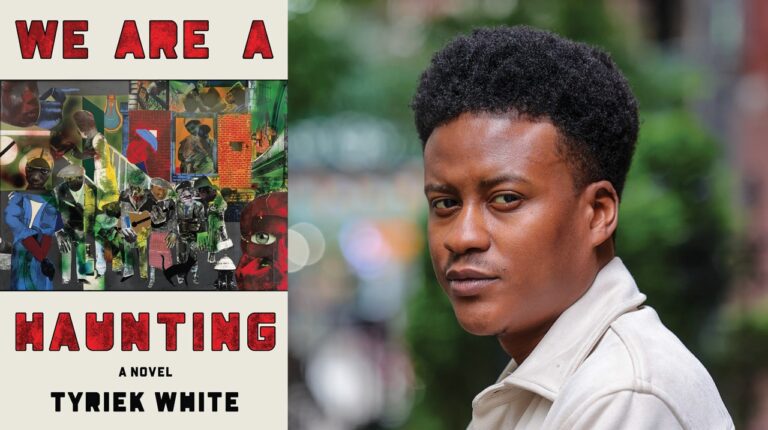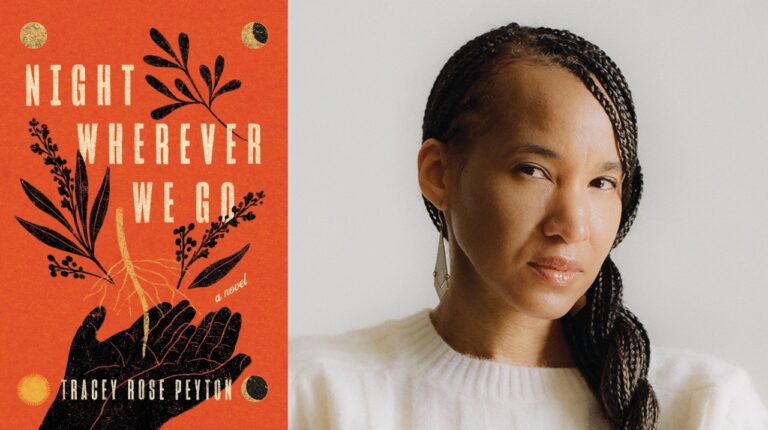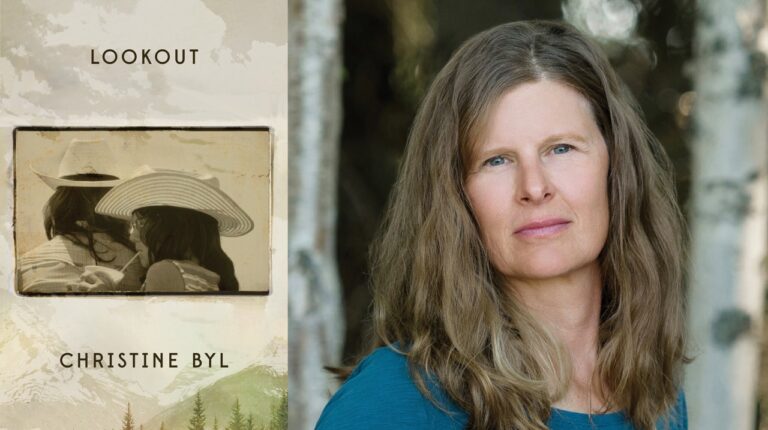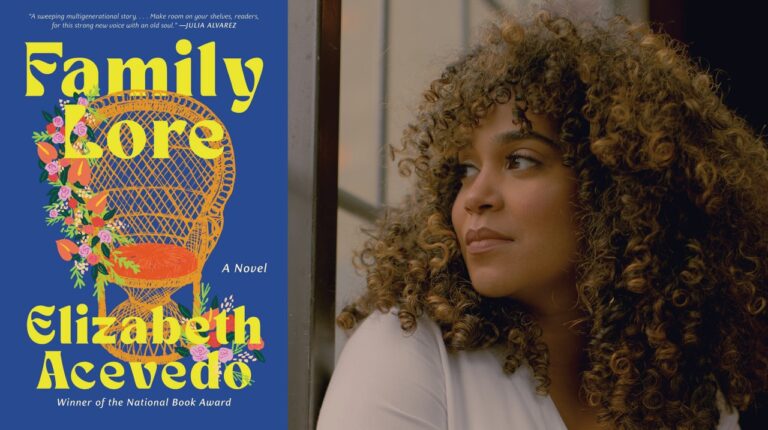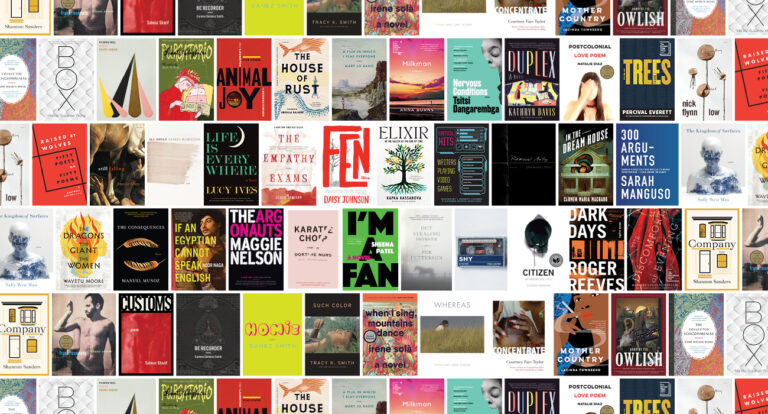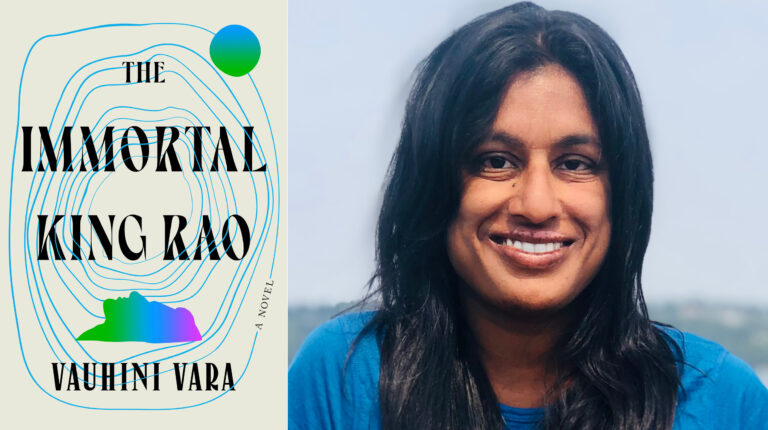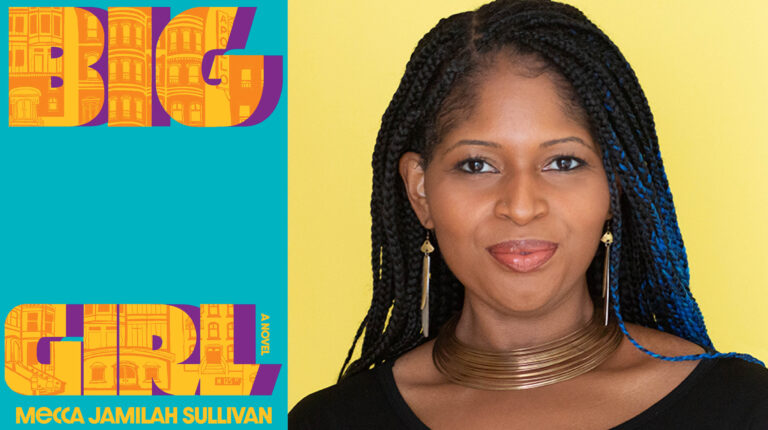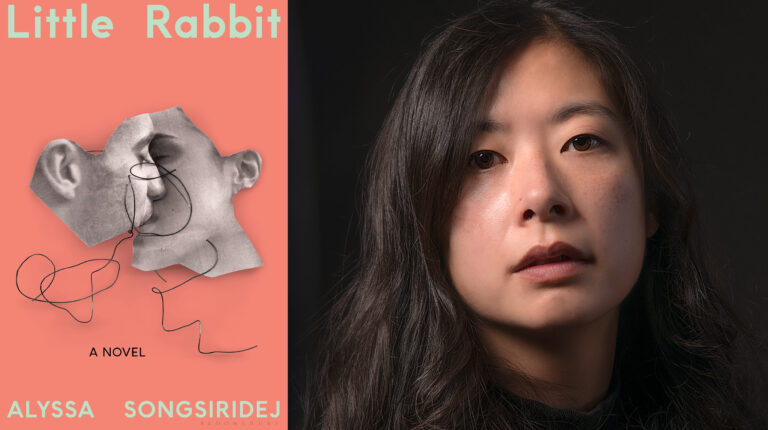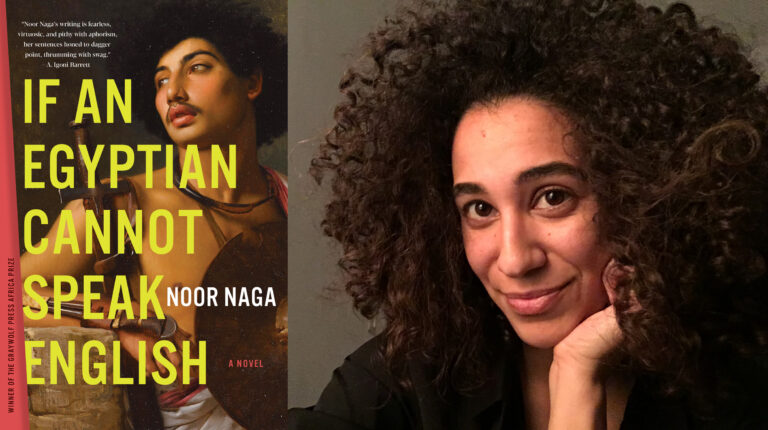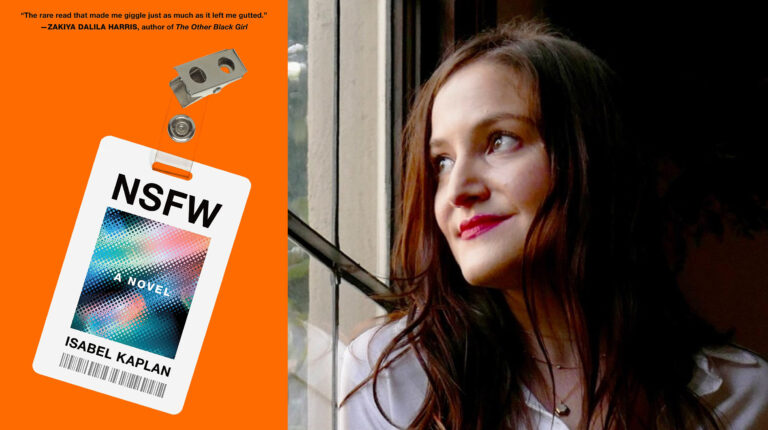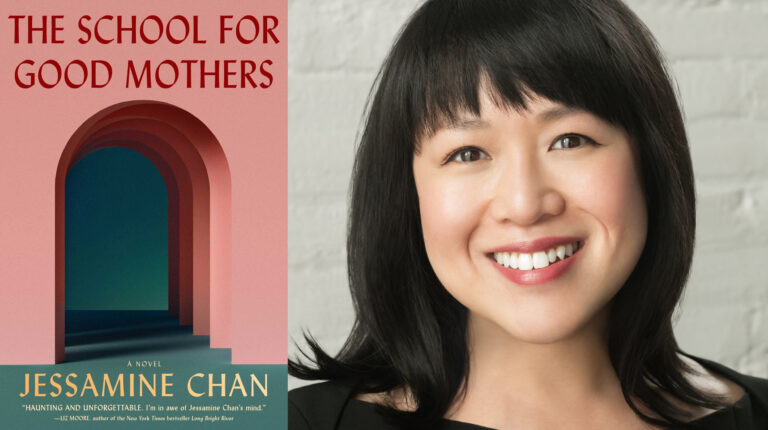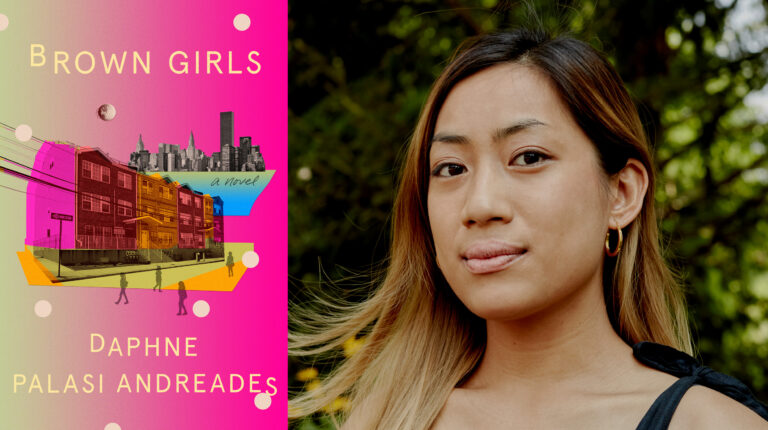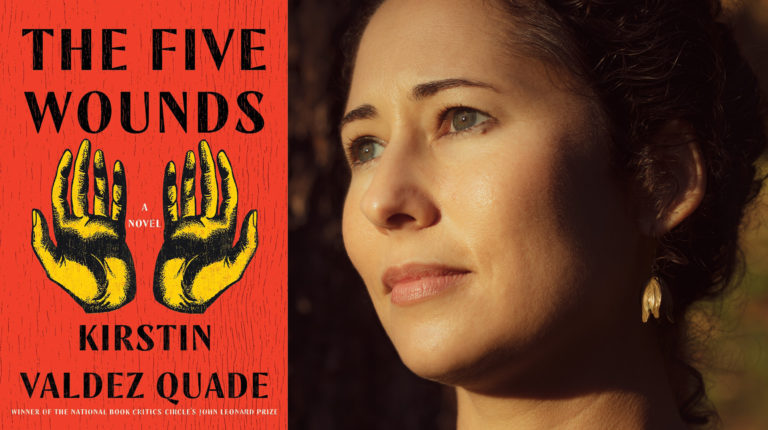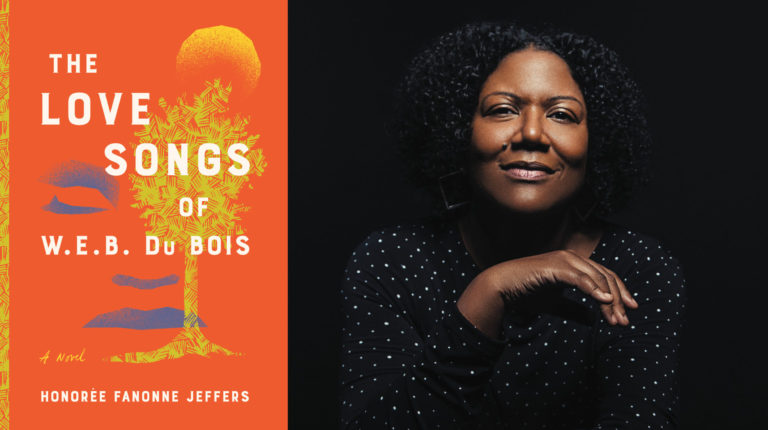In October 2011, The Center for Fiction hosted a series of science fiction and fantasy events, centered on our Big Read celebration of Ursula K. Le Guin. Our keynote event was a talk by Margaret Atwood, whose illuminating collection of essays and lectures, In Other Worlds, dedicated to Le Guin, was published that October. Here, Atwood discusses wonder tales, Scheherezade, post-9/11 dystopias, and Picasso's response to cave paintings.
You make distinctions between types of fiction that might fall under what you call the “wonder tale” umbrella: Science Fiction [Martians, spaceships], Speculative Fiction [“Things that really could happen but just hadn’t completely happened when the authors wrote the books”], Sword and Sorcery Fantasy, and Slipstream Fiction [surreal and strange]. Yet you seem less than delighted by the need to categorize at all. Do you feel that new technologies—electronic delivery systems rather than brick-and-mortar stores; hybrid-object books that combine text with visuals and sounds—might obviate the need for categories? Or will the blogosphere create ever narrower slices? Is it just a human need to categorize?
I think it’s a human need to name – to tell this from that. On the most basic level, we need to distinguish – as crows do – the dangerous creature from the harmless one, and – as all animals do – the delicious and healthful food object from the rotting, poisonous one. In literary criticism it’s very helpful to know that the Harlequin Romance you sneak into when you think no one is looking is not the same, and is not intended to be the same, as Moby Dick. But stories and fictions have always interbred and hybridized and sent tendrils out into strange spaces. One traveler reports hearing a tale at a Bedouin campfire that was in essence Romeo and Juliet, but it contained a new character – a Sheik named “Sheik Spahir.” Shakespeare had morphed into a character in his own story, which had itself mutated…
There are many brilliant women writing wonder tales, yet sci fi is still often thought of as a guy’s thing. Why’s that?
Probably it’s a holdover from the early days of “scientific romances,” when “science” was very much a male preserve. In the Golden Age, that was blended with the futuristicly-costumed hero of chivalric romance – Prince Daring on the Planet of Do – and women were the rescuees more often than they were the rescuers. But women were in fact telling wonder tales very early. Take the Old Wives’ Tales that were in essence fairy tales; and Scheherezade was a woman, if tradition tells true.
I do think men like the architectural and cartographical nature of the genre. They like mapping imaginative space. It’s not just the ray guns that attract them: they like the exploratory, puzzle-solving qualities. But increasingly, I think, women are showing an interest in those things as well. Or some women are.
You’ve subverted your fair share of fairy tales over the years. Care to comment on the relationship of fairy tale to science fiction?
There are several narrative foundation blocks on which Western story-telling rests. The Bible; Greek myth; European folktale. (In North America, certain stories from First Nations tradition are joining these.) So European folktale is one of the “givens.” And naturally SF – being of the Wonder Tale family itself – has drawn freely from the well. Don’t Open That Forbidden Door, Look Out For Strange Women Singing Eerie Melodies, Plants Can Talk – such tropes are understood at once in both! We know – as we put it – how the story is supposed to go.
And where there are themes, there are variations. Human beings play with their toys. Many a Barbie Doll has become a missile. (Barbie actually does have a good balance as a thrown dart.) I grew up with an older brother, not an older sister, so I learned early to what sinister uses harmless domestic objects might be put.
How do you see the role—and necessity—of literature evolving? Or will it remain as it always has been? How would you define that role?
If by evolving, do you mean “changing,” or “improving”? The arts are always changing. But they perfect a style, and then they either decay or switch. (Or both.)
Picasso is said to have said – after viewing, was it the Chauvet Cave Paintings? – “We have learned nothing.”
You’ve written that post-9/11, you’re seeing a society caught between two dystopias. Can you elaborate?
We once thought it was going to be a choice between 1984—a total-surveillance dictatorship in which the State stomped on our heads and snooped on us doing our miserable calesthenics—and Brave New World, in which we were manipulated by secret puppet-masters to desire what they wanted us to desire. After the Berlin Wall came down it looked for a while like Universal Shopping, BNW-style.
But maybe now after 9/11 and Homeland Security and so forth, we will get both.
On the other hand, if we tax the planet past the breaking point, we may get neither— only the breakdown of systems, widespread anarchy, and the War of Each Against All. A lot of writers are writing books within that general theme park. Are they onto something, or is it just the millennial angst kicking in, as it did in the Year 1,000?
Are you hopeful for the future?
As every SF fan will tell you, there is not “the future.” There is an infinity of possible futures. I’m hopeful for the ones in which we, a smart species, are smart enough to figure things out in time. I’m not hopeful for some of the other futures, in which we terminally mess up.


